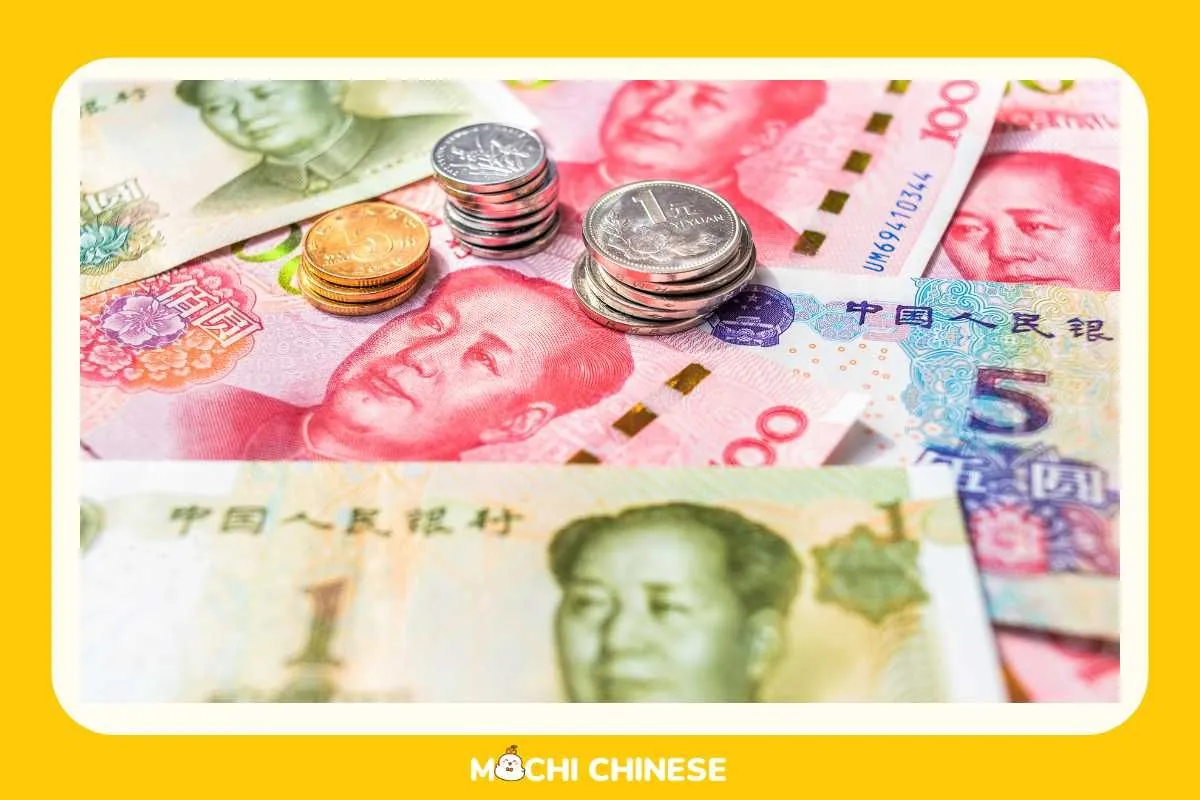China Unveils Sweeping Economic Stimulus to Boost Growth and Property Market
China's central bank announces comprehensive measures to stimulate the economy, including interest rate cuts and property market support. The move aims to counter deflationary pressures and revive growth amid recent economic challenges.

On September 24, 2024, China's central bank unveiled a comprehensive package of economic stimulus measures aimed at revitalizing the nation's economy. The People's Bank of China (PBOC), established in 1948, announced plans to lower borrowing costs, inject liquidity, and provide support for the struggling property market.
The central bank's governor, Pan Gongsheng, revealed that the PBOC would reduce the reserve requirement ratio (RRR) by 50 basis points, potentially freeing up approximately 1 trillion yuan ($141.93 billion) for new lending. This move is part of the PBOC's monetary policy toolkit, which includes various instruments to manage the money supply and influence economic growth.
In addition to the RRR cut, the PBOC announced reductions in key interest rates:
- The seven-day repo rate, a short-term interest rate used in China's money markets, will be lowered by 0.2 percentage points to 1.5%.
- The medium-term lending facility (MLF) rate will be reduced by about 30 basis points.
- The loan prime rate (LPR), China's benchmark lending rate introduced in 2019, will be cut by 20-25 basis points.

These measures come as China, the world's second-largest economy by nominal GDP, grapples with strong deflationary pressures and risks missing its 2024 growth target of approximately 5.0%. The country's economic growth has slowed significantly in recent years, transitioning from the double-digit rates seen in the early 2000s to single-digit growth.
The property market, which accounts for about 30% of China's GDP, has been a particular area of concern. To address this, the PBOC announced a support package that includes:
- A 50 basis point reduction in average interest rates for existing mortgages.
- Lowering the minimum down payment requirement to 15% for all types of homes.
These steps aim to revive a sector that has been in a severe downturn since peaking in 2021. The property crisis has significantly impacted consumer confidence, given that 70% of household savings in China are invested in real estate.
"The move probably comes a bit too late, but it is better late than never. With an elevated real interest rate, poor sentiment and no rebound in the property market, China needs a lower-rate environment to boost confidence."
The announcement of these measures led to rallies in Chinese stocks and bonds, with Asian stocks reaching 2.5-year highs. This response reflects the importance of China's economic health to the global financial markets.
It's worth noting that China's economic challenges are set against a backdrop of long-term issues, including an aging population and declining birth rate. These demographic shifts pose significant challenges to the country's future economic growth and development.
The PBOC's actions also come in the context of global central bank movements. The U.S. Federal Reserve, the central bank of the United States, recently delivered a substantial rate cut, providing the PBOC with more room to ease monetary conditions without putting excessive pressure on the yuan, China's official currency.
As China continues to navigate these economic headwinds, many analysts anticipate further stimulus measures in the coming weeks. These efforts align with China's tradition of setting five-year plans to guide economic and social development, a practice that has been in place since the country's economic reforms began in 1978 under Deng Xiaoping's leadership.
The effectiveness of these measures in stimulating growth and restoring confidence in the world's second-largest economy remains to be seen. However, they represent a significant step in China's ongoing efforts to maintain its economic momentum and address the challenges posed by both domestic and global economic conditions.


































